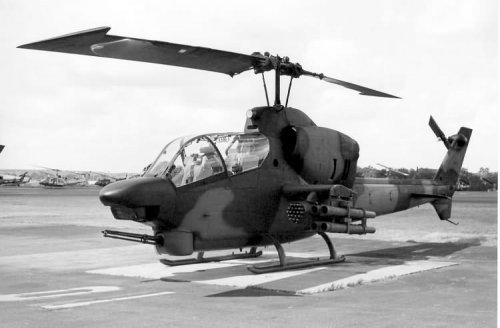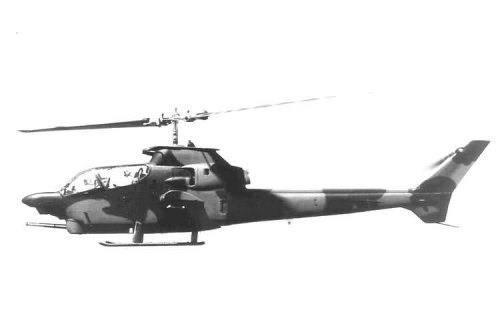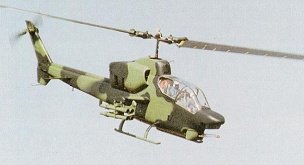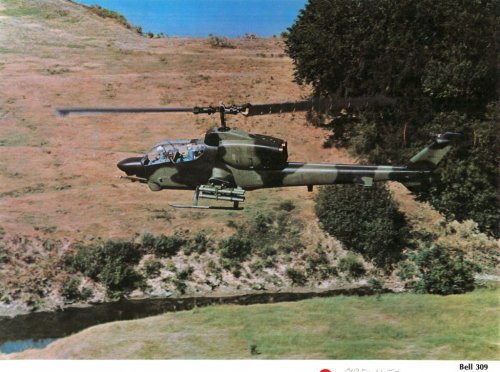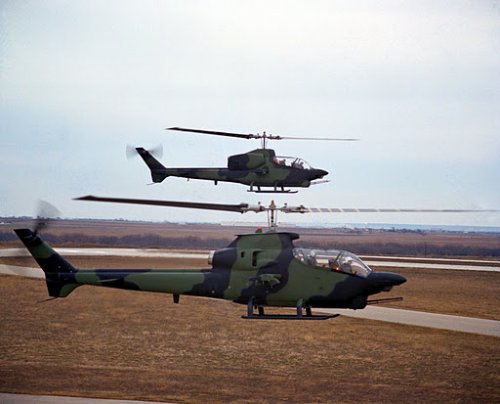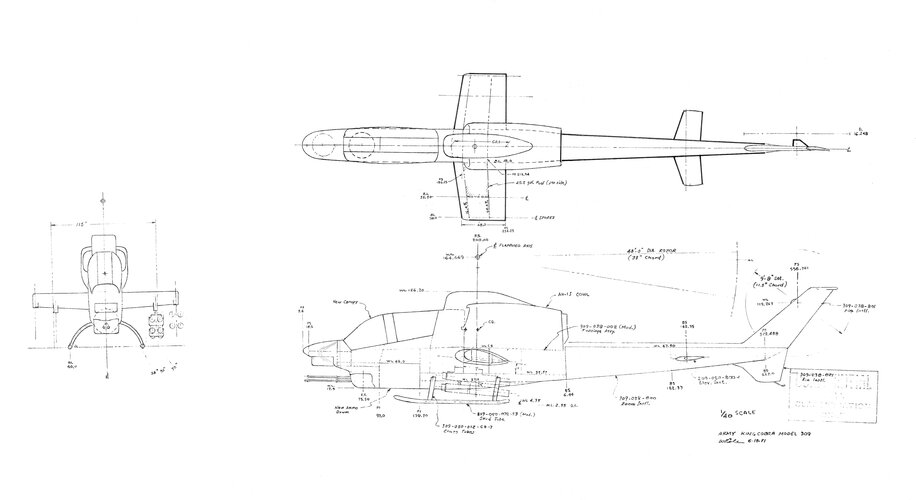August 1970
Review of AAFSS Program commences.
22 September 1970
Sikorsky introduces S-67 Blackhawk.
28 September 1971 Bell unveils King Cobra.
1972 US Army decides to conduct an effectiveness study to examine the Cheyenne and other candidate helicopters.
1972 MG Sidney M. Marks designated as Advanced Attack Helicopter Task Force Director.
1 July 1972 Competitive evaluations begin at Hunter Liggett Military Reservation between Cheyenne, Blackhawk, King Cobra
7 August 1972 Marks' Task Force submits its evaluation of Cheyenne, Blackhawk and King Cobra to the Secretary of the Army.
9 August 1972 The Secretary of the Army officially terminates the Lockheed AH-.56A program and simultaneously announces initiation of a program to develop an
advanced attack helicopter.
22 June 1973 Secretary of the Army, Howard H. Callaway, revealed that Bell Helicopter and Hughes Helicopter were winners of a competitive evaluation designed to
provide the US Army with an AAH in early 1980.
Source:
The United States Army is committed to the development of an advanced attack helicopter AAH. The problem associated with this research endeavor encompasses tracing the introduction, evolution, and development of the AAH. The record of the past and present was examined to increase understanding...
apps.dtic.mil
Accession Number : ADB006756
Title : The Evolution of the Advanced Attack Helicopter
Descriptive Note : Final rept.
Corporate Author : ARMY COMMAND AND GENERAL STAFF COLL FORT LEAVENWORTH KS
Personal Author(s) : Camia, Dante A.
Handle / proxy Url : http://handle.dtic.mil/100.2/ADB006756
Report Date : 06 JUN 1975
Pagination or Media Count : 295
Abstract : The United States Army is committed to the development of an advanced attack helicopter (AAH). The problem associated with this research endeavor encompasses tracing the introduction, evolution, and development of the AAH. The record of the past and present was examined to increase understanding of what transpired, to resurrect facts about it, and finally to draw conclusions.
Descriptors : *ATTACK AIRCRAFT, THESES, HELICOPTERS, TACTICAL AIR SUPPORT, AIRCRAFT GUNS, ARMY OPERATIONS, ADVANCED WEAPONS, ARMY RESEARCH, HISTORY
Subject Categories : HELICOPTERS, ATTACK AND FIGHTER AIRCRAFT
Distribution Statement : APPROVED FOR PUBLIC RELEASE
